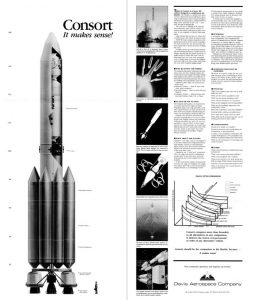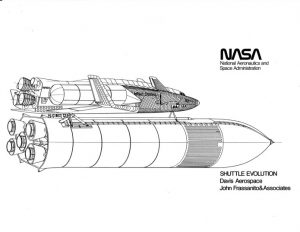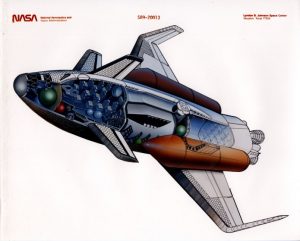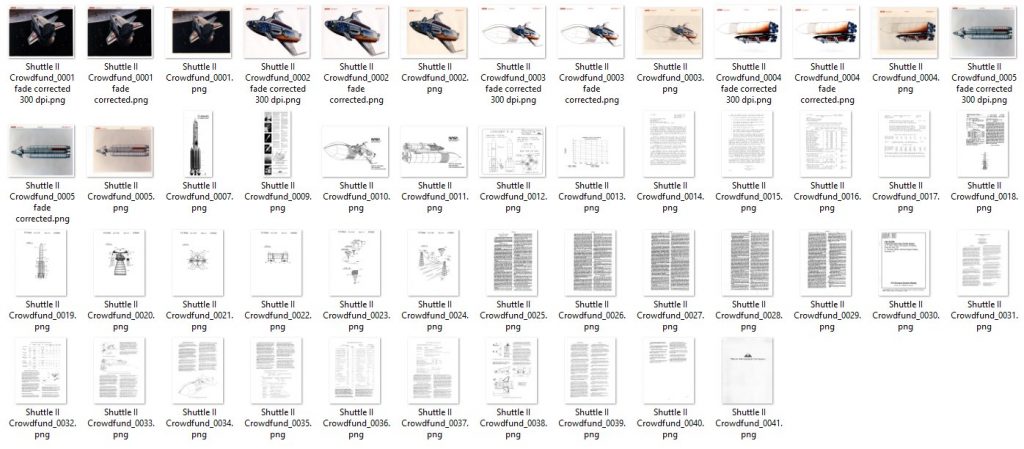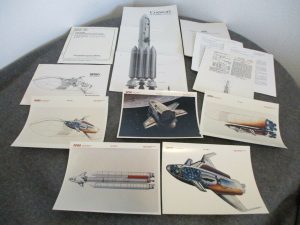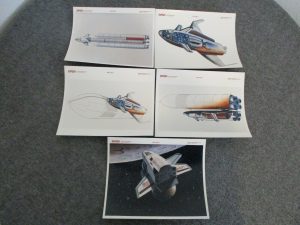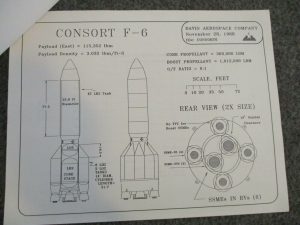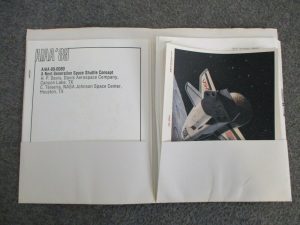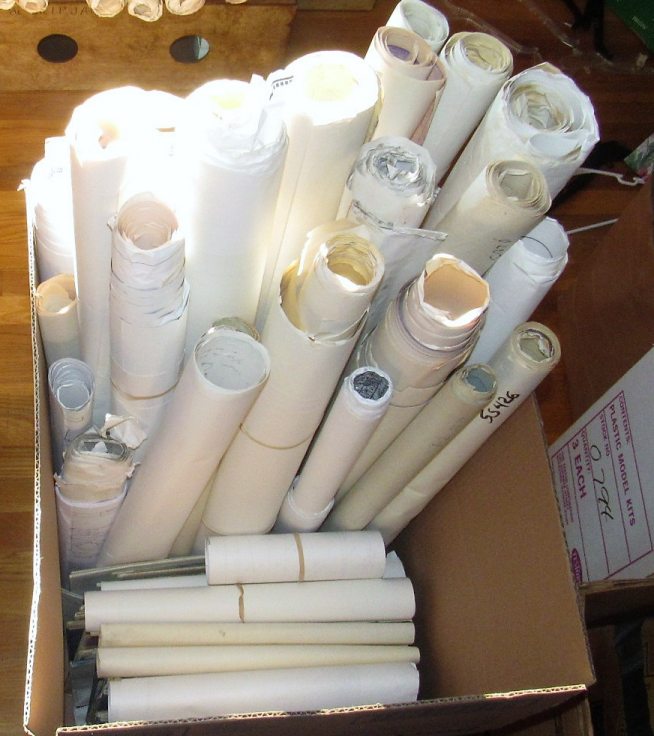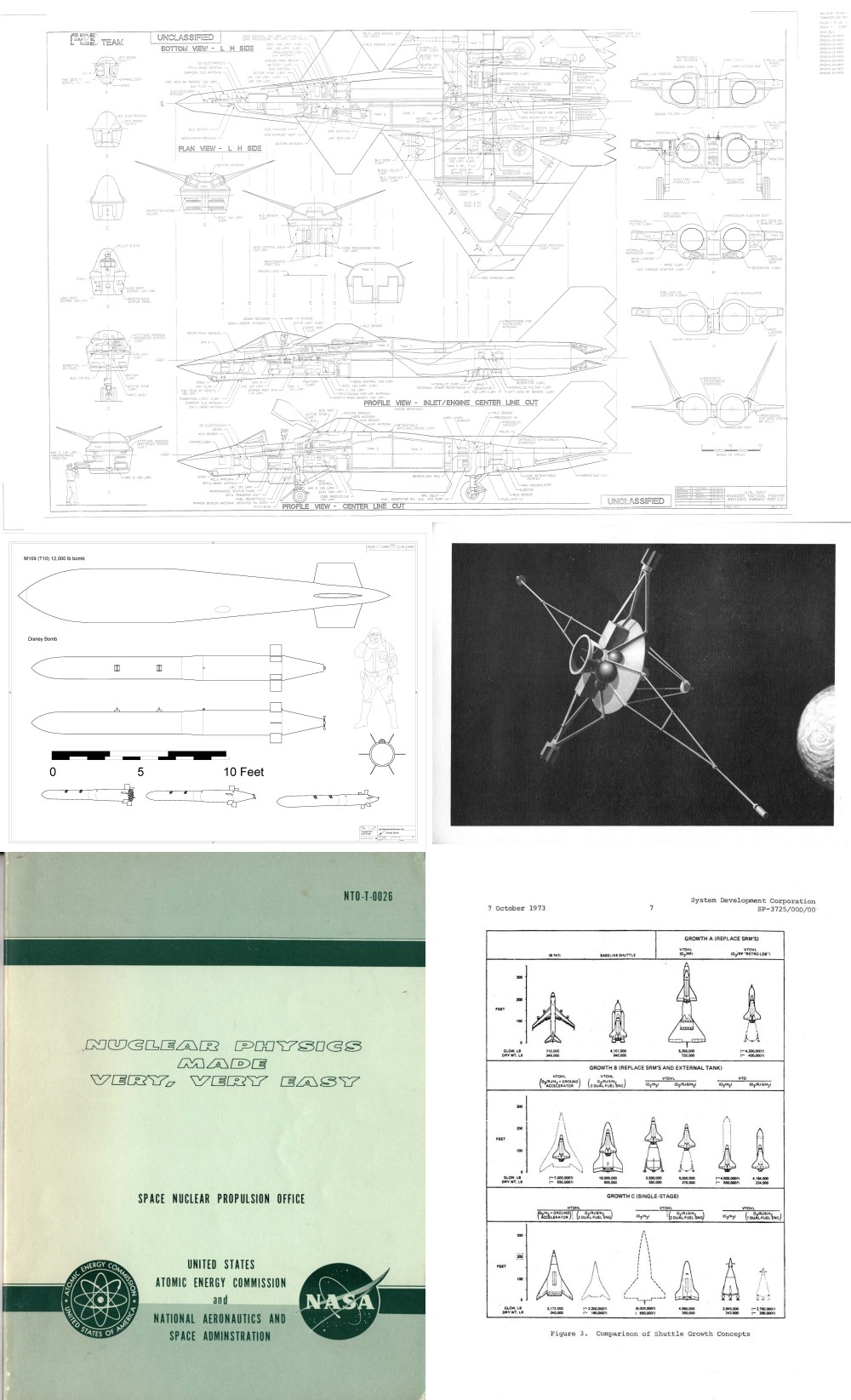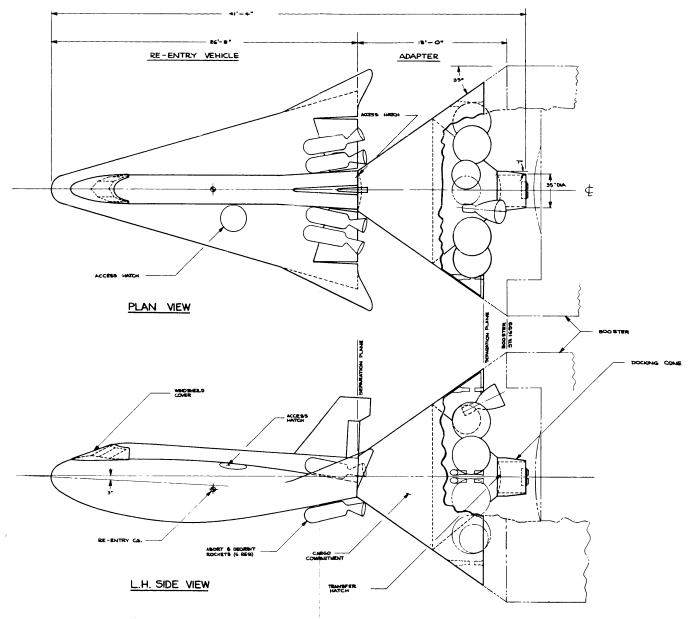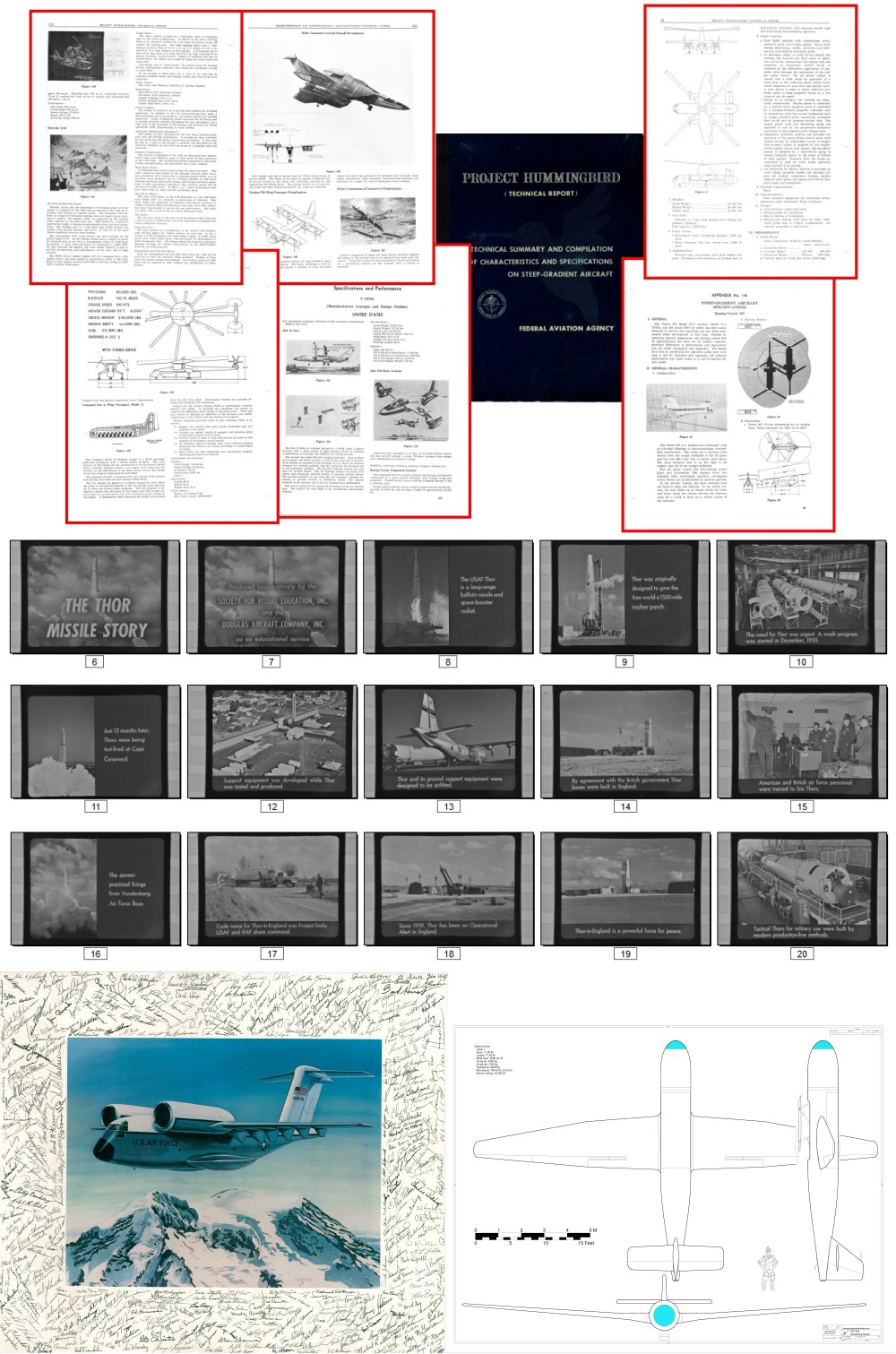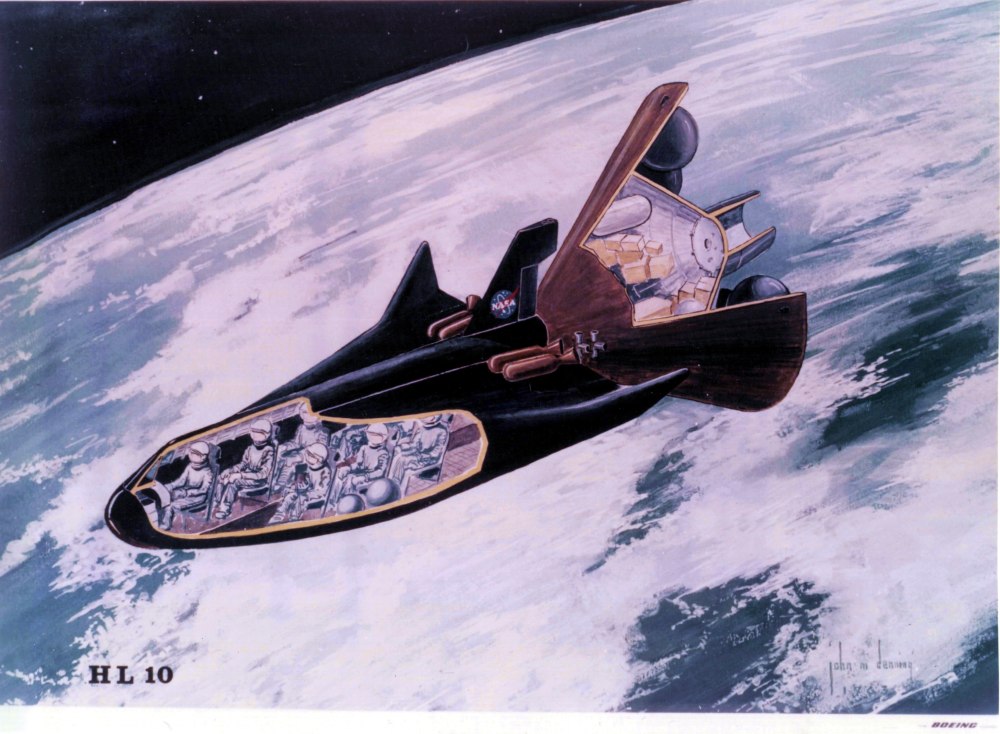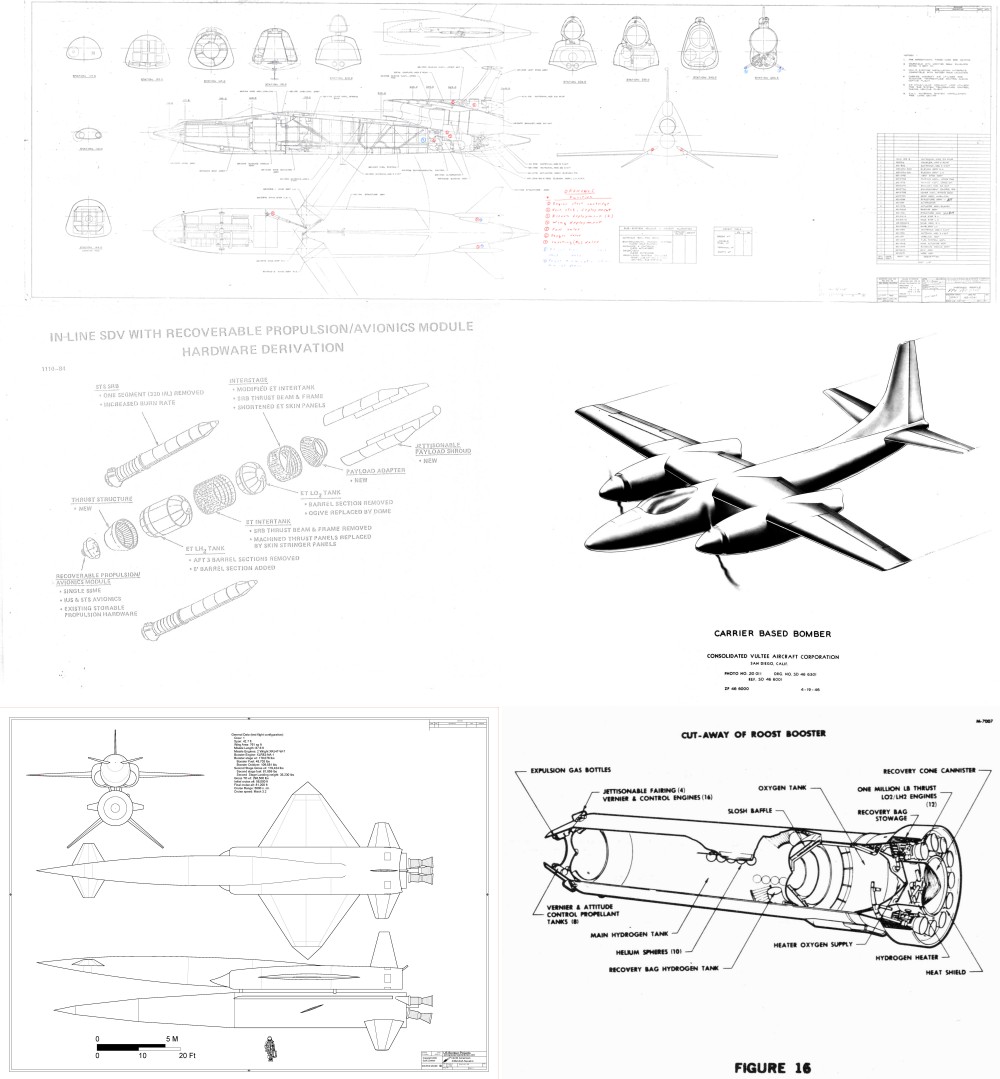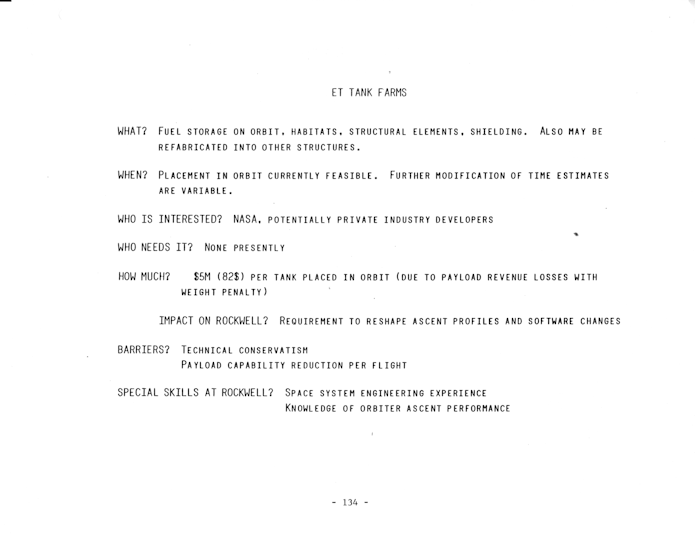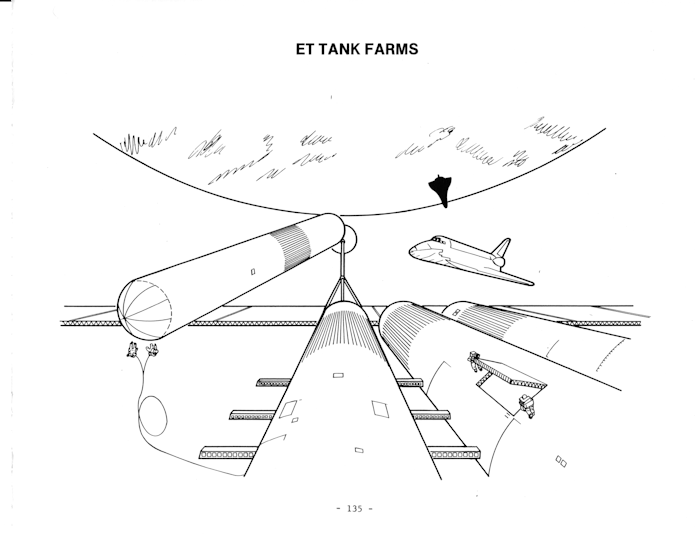If you look back to NASA in the mid-1960’s, it certainly seems like it was an organization filled with people who thought that the future was wide open. Apollo was merely going to be the first step; after some landings would come longer-term “camps” on the moon, with stays of a few weeks in temporary habitats; then would come bases that could be visited by multiple crews. Nuclear powered space stations with artificial gravity. There would be manned flyby missions to Venus and eventually manned landings on Mars; as propulsion systems inevitably grew vastly more capable, manned missions to the moons of Jupiter and Saturn would follow in due course.
By the time Apollo 11 actually landed on the moon, though, it was becoming clear that the future was not going to be what it should have been. As noted previously, the production line of the Saturn V was shut down a year before Apollo 11, not only limiting the possible missions of the Apollo program but ending hope for missions that would expand upon Apollo. Shortly after Apollo 11, it seems that morale at NASA was already in decline as the engineers, scientists, technicians and so on could see the writing on the wall. Not only was Saturn dead, but funding was in decline and it was becoming clear that there was minimal political interest in carrying Apollo forward… the job of beating the Soviets to the Moon was done, and the important scientific work, not to mention the prospect of carrying western civilization to the stars, was not that important to the political class who were far more interested in the “Great Society” spending programs. So in September of 1969 a “Seminar on Manned Flight Awareness” was held at the Manned Spacecraft Center, Houston, to deal with the issue:
The successful lunar landing and completion of the flight of Apollo 11 achieved a national objective in this decade and is a significant milestone in man’s continuing progress in space exploration. Historically, achievements of such magnitude, requiring concentrated efforts over an appreciable time period, are followed by a letdown and general relaxation of the personnel involved. In addition, this letdown may be amplified by a serious morale problem when funding cutbacks are experienced. The result is n decline in the required attention to detailed workmanship which can cause a rise in accident rates and potential loss of life.
To counter these potential morale and complacency problems in the spaceflight program, this Government/Industry Manned Flight Awareness Seminar is being conducted. The objective of this seminar is the maintenance of high quality workmanship through effective awareness and motivational programs. We intend to do this by outlining NASA’s plans for future programs and the resources being made available to successfully conclude these programs. In addition, executives of various industrial firms deeply involved in space work will present their views of the future. In this way we can get the message from NASA Management to the individuals responsible for doing the work that is vital to assuring a high quality of workmanship in the aerospace force.
Not having been born yet, I don’t have any firsthand information on just what was going on at the time in NASA. However, one thing I *do* have firsthand information on was the end of the United Technologies Center/Chemical System Division facility south of San Jose, California, circa 2003-2004. That company was a manufacturer of solid rockets such as the booster separation motors for the Space Shuttle, booster rockets for the Tomahawk cruise missile, Minuteman ICBM stages and so on. It was a vital part of the rocket industry of the United States. And in 2003-2004, it was *obvious* to everyone there that the company was doomed. Things were going wrong left and right to the point that a lot of us were wondering if it was active sabotage; in reality it was merely management and unions working together to make things as ridiculous as possible. Coupled with the fact that the company could, at best, turn in a profit measured at a handful of millions of dollars a year while sitting on *billions* of dollars of prime Silicon Valley real estate, everyone there knew that the companies time was strictly limited. So, what did the USAF and NASA do about it?
The USAF/NASA told the rest of the United States aerospace industry to *not* hire any of us. We were embargoed from seeking employment elsewhere, at least at companies that received federal contracts. So we stayed on the job. Until, of course, the embargoes were lifted, then we fled like rats fleeing a sinking ship.
It seems that NASA in September 1969 was facing a similar predicament. Everyone there – scientists, engineers, technicians and subcontractors of all kinds – could see the writing on the wall. And when you know that the project you’re working on has a near-term end date, you look for somewhere else to be, preferably before all your co-workers get the same idea. This is sensible, but it’s also a problem. Yes, Apollo/Saturn had a distinctly limited lifespan. But the program still had a number of years left, and it would need the bulk of the staff to stay on the job to make sure that the spacecraft and launch vehicles were finished, maintained and prepared for their missions. If everyone at NASA fled for brighter opportunities elsewhere, the missions still funded would be unable to be completed. So NASA held a seminar that seemed to have the singular goal of convincing people just how bright NASA’s future really was. A space shuttle would be available by 1976 and a space station by 1979… as well as a polar orbit station and one in geosynchronous. A lunar orbiting station around 1976. Nuclear powered inter-orbital shuttles. Manned missions back to the Moon and on to Mars.
It was all wrong. Yes, the Shuttle finally arrived in the early 1980’s, greatly delayed and vastly and permanently over budget, each flight costing one to two orders of magnitude more than originally projected. yes, a space station did eventually arrive… in the 1990’s, handicapped by international politics, small, undermanned, under-capable. None of the rest of it even *tried* to happen. The seminar reads like desperation, or a rah-rah session at some multi-level marketing scheme; I had flashes to scenes in the recent Hulu series “Dopesick” where Oxycontin sales reps are getting the latest BS about how great the next dosage of the pill will be, so go out there and sell more.

*A* future does not mean *A* *GOOD* *FUTURE.*
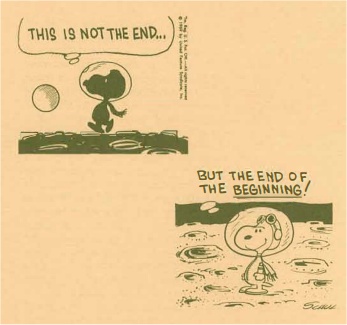
No. It was the end, and apparently everyone involved could see it.
You can download a PDF of the 80-page seminar publication HERE.

